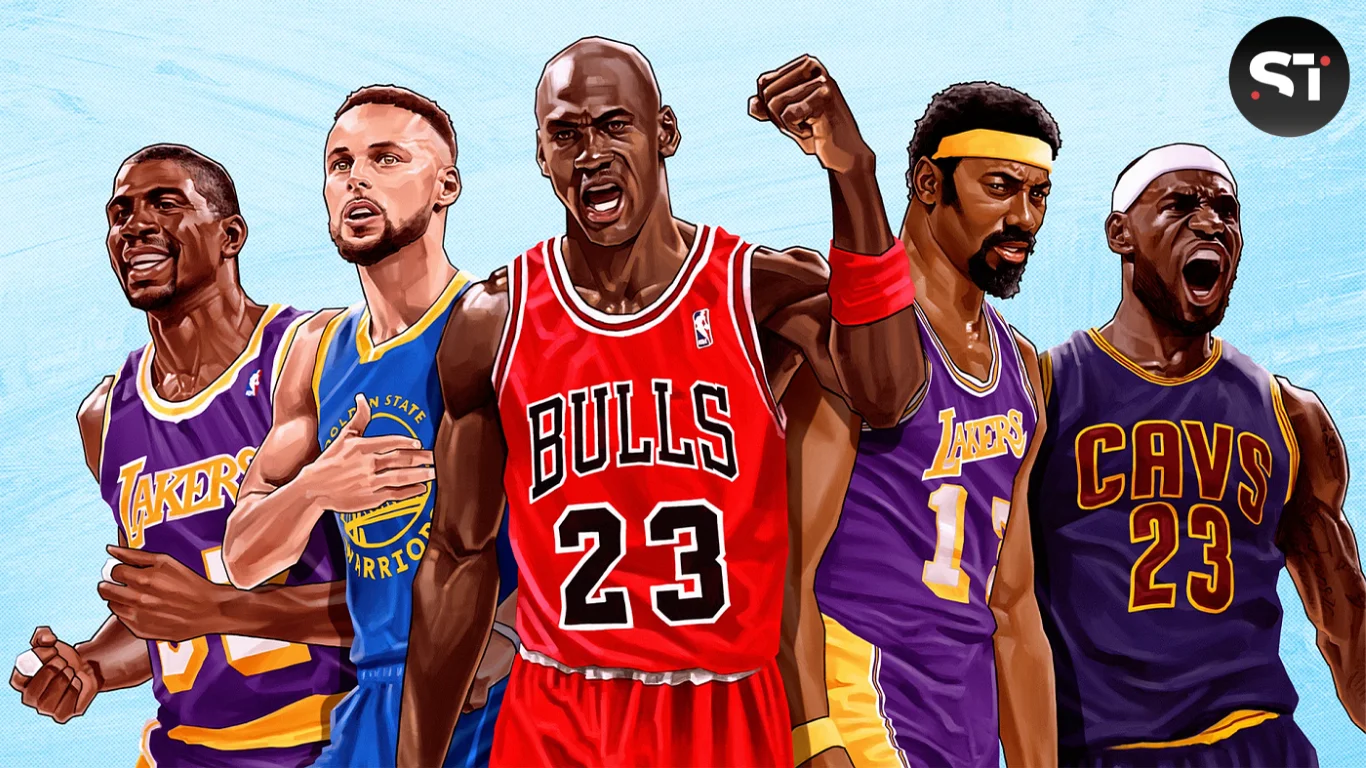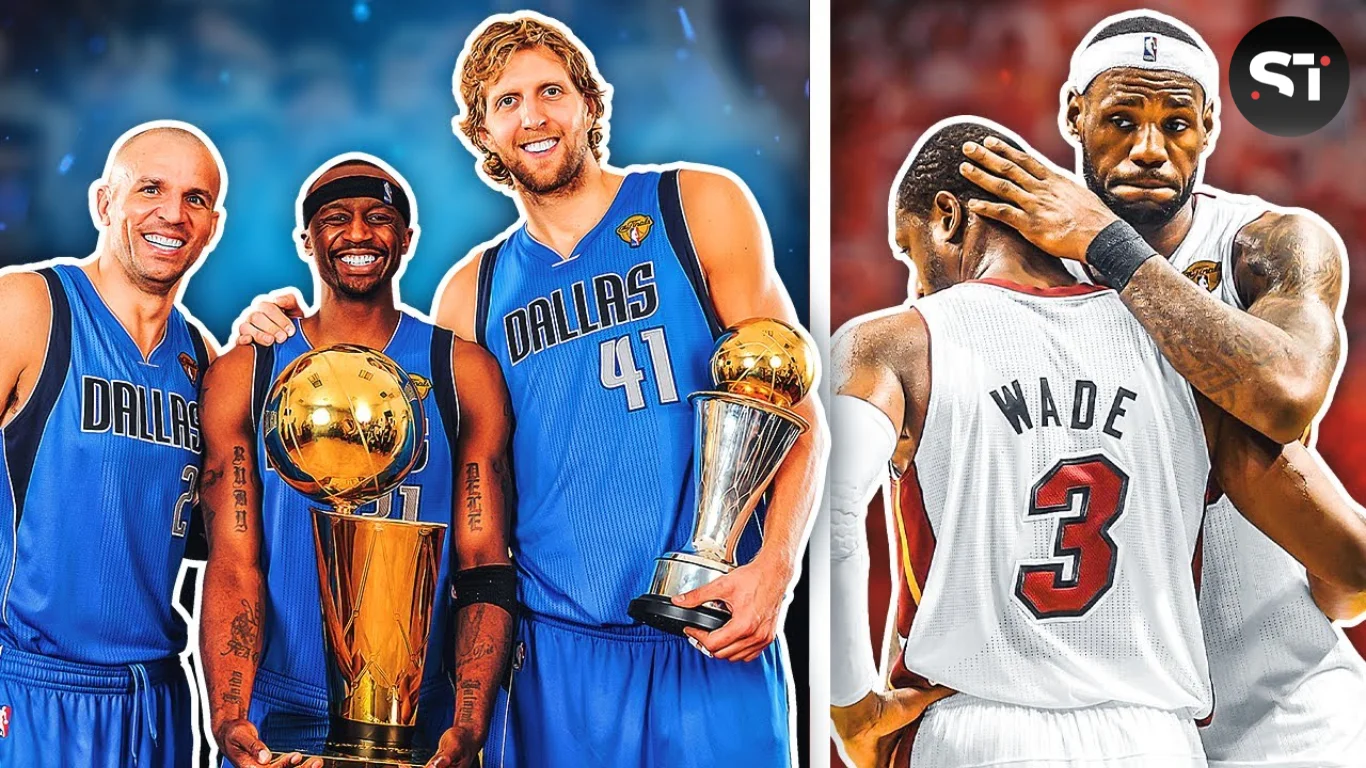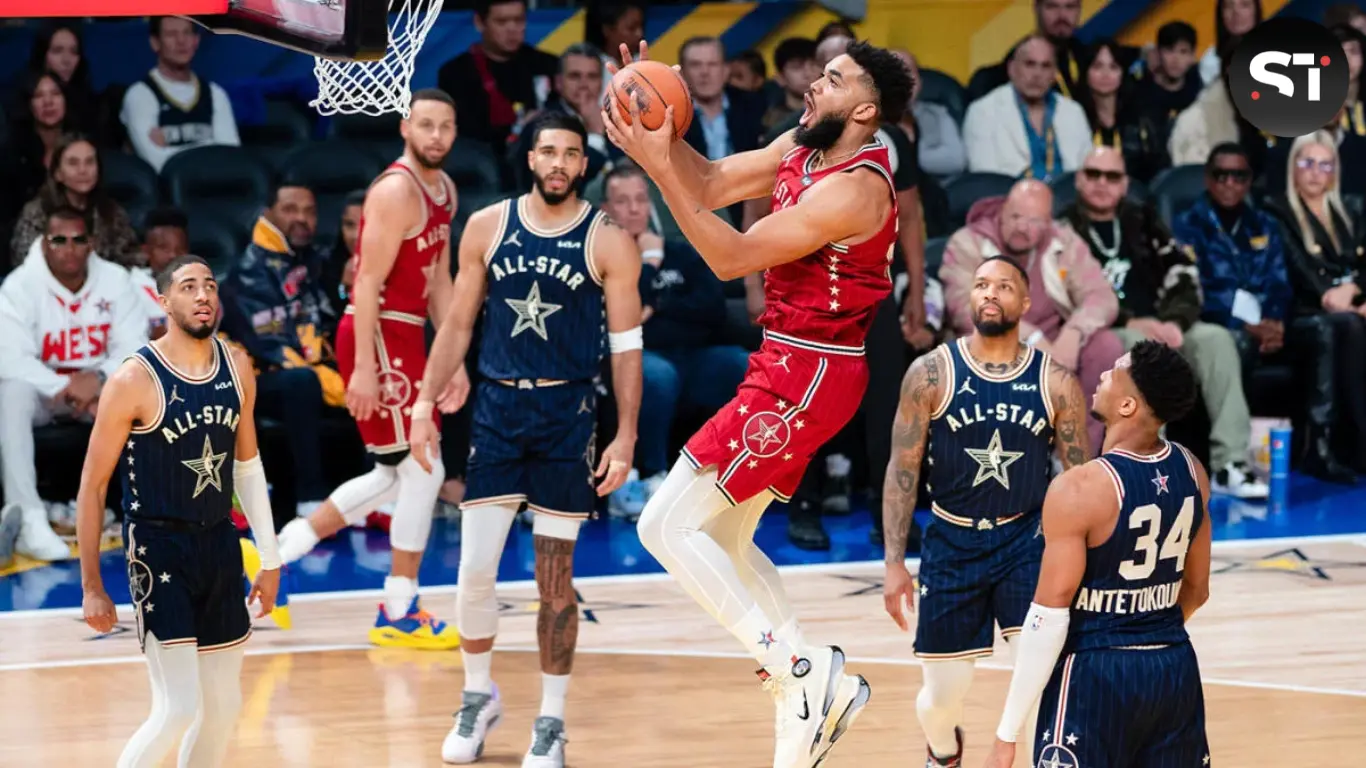The NBA, known for its high-flying dunks and dramatic buzzer-beaters, has seen a significant shift in its gameplay dynamics over the decades. Get to know more about the evolution of the NBA.
Central to this transformation is the three-point shot, which has evolved from a niche strategy into an essential component of the modern game. Initially, the three-point shot was rarely used and was often seen as a gimmick. However, as players and coaches began to recognize its strategic value, it gained prominence.
The evolution of NBA tactics and player development has been profoundly influenced by the rise of the three-pointer, changing how teams play, strategize, and how fans experience the sport.
Three-Point Line
Initially, the three-point line was introduced in the NBA for the 1979-1980 season. Its addition aimed to add excitement and scoring opportunities, thereby enhancing the entertainment value of the game.

At first, many players and coaches regarded the three-pointer as a gimmick. Consequently, teams rarely used it, preferring the more reliable and traditional mid-range and inside shots. However, the groundwork for the evolution of NBA play styles was being laid.
Early Adoption and Hesitation
During the early 1980s, few players embraced the three-point shot. Notable among them were pioneers like Larry Bird and Dale Ellis, who began to demonstrate the potential value of long-range shooting.

Nonetheless, most teams remained skeptical, using the three-point shot sparingly and viewing it as a last-resort option rather than a core offensive strategy.
Moreover, traditionalist coaches emphasized physicality and high-percentage shots in the paint, which further limited the adoption of the three-pointer.
However, as the 1980s progressed, more players started to see the advantage of spacing the floor and stretching defenses, subtly beginning the evolution of NBA offensive schemes.
The 1990s: Gradual Integration
The 1990s marked a transitional period for the three-point shot in the NBA. Players like Reggie Miller and Glen Rice became household names partly due to their prowess from beyond the arc.
Consequently, teams started to recognize the strategic benefits of the three-pointer, although it was still not the focal point of offensive strategies. During this era, the league briefly experimented with shortening the three-point line, which led to a spike in three-point attempts and conversions.

This change highlighted the potential effectiveness of the shot, influencing future coaching strategies and player training. Gradually, the evolution of NBA offenses began to reflect a growing reliance on the three-pointer as a viable scoring option.
The Impact of International Influence
Moreover, the increasing presence of international players, who often grew up with a greater emphasis on perimeter shooting, contributed to the integration of the three-point shot.

Players like Dražen Petrović and Dirk Nowitzki showcased the effectiveness of combining size with shooting ability, pushing the boundaries of traditional NBA roles and further promoting the evolution of NBA gameplay.
The 2000s: Strategic Revolution
The turn of the millennium saw a significant shift in how the three-point shot was perceived and utilized. Coaches like Mike D’Antoni revolutionized offensive schemes with systems that prioritized pace and space.

His “Seven Seconds or Less” Phoenix Suns epitomized this new philosophy, relying heavily on the three-point shot to create fast and efficient scoring opportunities.
Analytical Insights
Simultaneously, the rise of advanced analytics in basketball provided concrete evidence supporting the value of the three-pointer. Analysts demonstrated that three-point shots, despite being lower percentage attempts, yielded higher expected points per shot compared to mid-range jumpers.
This insight led to a data-driven shift in offensive strategies across the league, emphasizing the importance of the three-point shot in maximizing scoring efficiency.
Consequently, teams began to focus on acquiring players with proficient shooting skills and designing offensive sets that generated open three-point opportunities. The evolution of NBA strategies was now firmly rooted in the understanding that three-point shooting could significantly enhance a team’s offensive output.
The Modern Era: Three-Point Dominance
In the past decade, the NBA has witnessed an unprecedented surge in three-point attempts and makes. This era has been defined by players like Stephen Curry and Klay Thompson, whose remarkable shooting abilities have revolutionized the game.

The Golden State Warriors, under coach Steve Kerr, epitomized this new style of play, winning multiple championships with a heavy reliance on the three-point shot.
The Curry Effect
Teams now prioritize spacing the floor with multiple three-point threats, forcing defenses to extend and opening up driving lanes. Stephen Curry’s influence on the evolution of NBA play cannot be overstated.
His deep-range shooting and ability to create his shot off the dribble have redefined what is considered a good shot in the NBA. Moreover, the success of the Warriors and other teams embracing this style has led to a league-wide shift.

Today, every team places significant emphasis on three-point shooting, both in terms of player development and game strategy. The three-pointer is no longer a specialty; it is a necessity for any team aspiring to compete at the highest level.
The Impact on Player Development
Furthermore, the emphasis on three-point shooting has transformed player development. Young players now grow up practicing three-pointers from an early age, and scouts prioritize shooting ability in their evaluations.

This has led to an influx of versatile big men who can stretch the floor, like Kristaps Porziņģis and Karl-Anthony Towns, further demonstrating the profound evolution of NBA player roles and skill sets.
Defensive Adjustments
As offenses have increasingly relied on the three-pointer, defenses have had to adapt accordingly. Teams now employ strategies specifically designed to limit three-point attempts, such as switching on screens and employing aggressive closeouts.

Consequently, defensive schemes have become more complex, requiring players to be more versatile and agile.
The Rise of the Three-and-D Player
The demand for players who can both shoot threes and defend multiple positions has led to the emergence of the “three-and-D” archetype. Players like Klay Thompson, Danny Green, and Mikal Bridges exemplify this role, providing valuable contributions on both ends of the floor.

This evolution underscores the integrated nature of modern basketball, where offensive and defensive strategies are closely intertwined.
The Future of the Three-Point Shot
As we look to the future, the three-point shot will likely continue to evolve, potentially reaching new heights of importance.

Innovations in training, analytics, and strategy will shape how teams utilize and defend against the three-pointer. Moreover, younger generations of players enter the league with even more advanced shooting skills. We can expect the game to keep pushing the boundaries of offensive creativity.
Potential Rule Changes
However, there are ongoing discussions about potential rule changes to balance the game. Some suggest moving the three-point line further back or altering other rules to mitigate the overwhelming emphasis on three-point shooting.

Such changes could once again reshape the evolution of NBA gameplay, creating a new era of strategic adjustments.
Suggested Read: Top 10 Best MVPs of the NBA from 2010 to 2020
Wrapping It Up!
In the end, the evolution of NBA three-point shooting has profoundly transformed the game of basketball. From its humble beginnings as a niche strategy to its current status as a fundamental aspect of modern offenses.
The three-pointer has reshaped player development, coaching strategies, and fan experiences. As the game evolves, the three-point shot will remain a central element. Driving innovation and excitement in the world of professional basketball.
For basketball fans, the ongoing evolution of this dynamic aspect of the game promises to keep the sport as thrilling and unpredictable as ever.








[…] Suggested Read: The Evolution of the NBA Three-Point Shot: From Specialty to Necessity […]
[…] Suggested Read: The Evolution of the NBA Three-Point Shot: From Specialty to Necessity […]
[…] Suggested Read: The Evolution of the NBA Three-Point Shot: From Specialty to Necessity […]